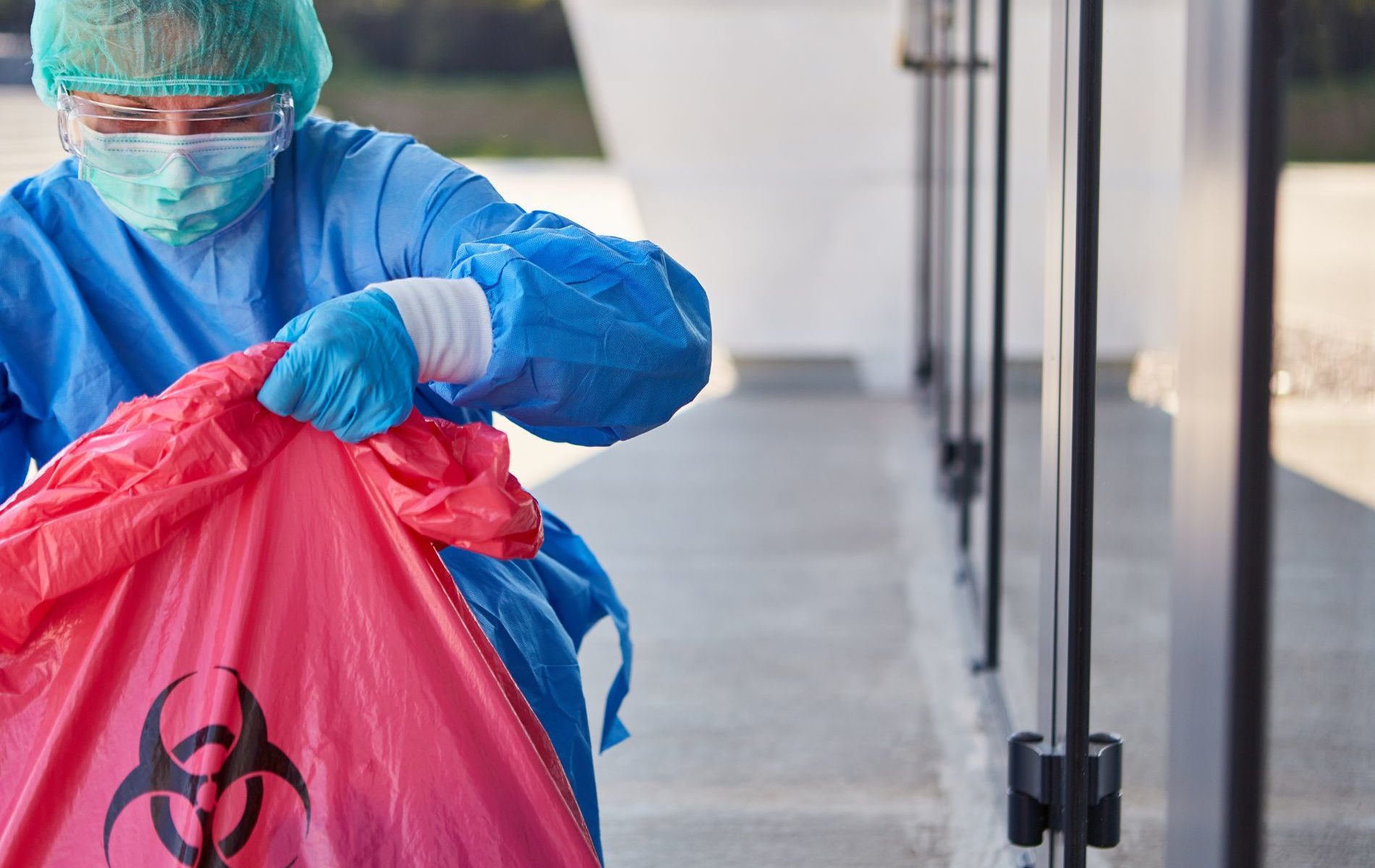The 7-Second Trick For Reclaim Waste
The 7-Second Trick For Reclaim Waste
Blog Article
Reclaim Waste Fundamentals Explained
Table of ContentsThe Greatest Guide To Reclaim WasteThe Reclaim Waste StatementsReclaim Waste Fundamentals ExplainedUnknown Facts About Reclaim WasteHow Reclaim Waste can Save You Time, Stress, and Money.
Residential sewer waste refers to the waste and items from a domestic septic tank. The proper management and disposal of domestic sewage waste require fluid waste to be moved to a sewer treatment plant where the correct approaches and tools are applied to cleanse and dispose of waste.
Business waste frequently includes possible threats, such as combustible materials or a blend of liquid and solid waste products, and calls for an extra advanced and detailed disposal process. The disposal of business waste typically entails the filtration of waste prior to transport to make certain risk-free and correct disposal. Industrial waste is developed from by-products and drainage of commercial procedures and production.
This type of waste can not utilize the same sewer administration transport or processes as septic or commercial fluids. The hazardous waste management process requires the inspection and testing of liquid waste prior to it undertakes the disposal procedure (liquid waste disposal melbourne). Drainage waste is the liquid waste that originates from runoff and excess stormwater in very inhabited areas or cities
Overflow waste can trigger contamination and flooding if not dealt with effectively. Find out more concerning sewer cleaning and waste administration. Making certain proper waste management can prevent calamities and lower ecological damage. Both individuals in domestic setups and experts in industrial or production industries can take advantage of comprehending the procedures and regulations of liquid waste monitoring.
Some Of Reclaim Waste
Contact PROS Providers today to discover our waste monitoring and disposal services and the appropriate methods to care for the fluid waste you produce.
(https://padlet.com/leonaube33101/reclaim-waste-hw71hge954tsaxnp)This so-called 'wastewater' is not only an important source however, after treatment, will certainly be released to our land, waterways or the sea. Made use of water from commodes, showers, baths, kitchen sinks, washings and industrial processes is understood as wastewater.

water used to cool down machinery or tidy plant and tools). Stormwater, a kind of wastewater, is drainage that moves from agricultural and metropolitan areas such as roof coverings, parks, yards, roadways, paths and gutters right into stormwater drains, after rainfall. Stormwater flows unattended directly to regional creeks or rivers, eventually getting to the sea.
An Unbiased View of Reclaim Waste
In Queensland, many wastewater is dealt with at sewer therapy plants. Wastewater is carried from residential or commercial websites through a system of drains and pump terminals, called sewerage reticulation, to a sewage treatment plant. City governments construct, keep and operate most sewage treatment plants. Operators are certified under the Environmental Protection Act 1994 to release treated wastewater at an appropriate environmental criterion into rivers.
The Department of Natural Resources encourages regional governments regarding managing, operating and preserving sewage systems and therapy plants. In unsewered locations, regional federal governments might call for homeowners to mount individual or household sewer treatment systems to treat domestic wastewater from toilets, cooking areas, shower rooms and washings. The Division of Natural Resources authorises making use of house systems when they are shown to be reliable.
In some new neighborhoods, therapy of some stormwater to eliminate trash, sand and gravel has actually begun making use of gross contaminant catches. Wastewater treatment happens in four stages: Removes solid matter.
Wastewater then moves into huge containers where solids resolve and are gotten rid of as sludge. Oil and residue are skimmed from the surface. Makes use of little living microorganisms recognizes as micro-organisms to damage down and eliminate continuing to be dissolved wastes and great particles. Micro-organisms and wastes are incorporated in the sludge. Eliminates nitrogen and phosphorus nutrients that could trigger algal flowers in our rivers and threaten marine life.
What Does Reclaim Waste Mean?
Nutrient elimination is not readily available at all sewer therapy plants because it calls for costly specialized devices. It is coming to be extra common in Queensland. Clear fluid effluent produced after treatment might still include disease-causing micro-organisms. If this effluent is launched into rivers such as rivers or the sea, the micro-organisms will ultimately die out.

This typically indicates wastewater has to be dealt with or pollutants gotten rid of prior to it can be released to rivers. Most wastewater flows right into the you could try this out sewerage system. Under the Act, regional governments carry out approvals and permits for eco pertinent tasks (Periods) involving wastewater launches that could have a regional influence. The division administers authorizations and licences to Periods involving wastewater releases that may have a local or statewide impact.
The 5-Second Trick For Reclaim Waste
Surveillance offers valid information about water quality and can validate that permit conditions are being satisfied. The information acquired with monitoring provides the basis for making water high quality decisions.
Report this page